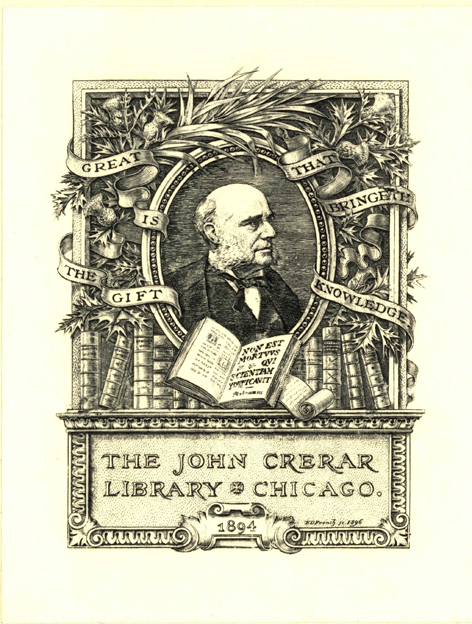Classical marble : geochemistry, technology, trade /
Saved in:
| Meeting name: | NATO Advanced Research Workshop on Marble in Ancient Greece and Rome: Geology, Quarries, Commerce, Artifacts (1988 : Lucca, Italy) |
|---|---|
| Imprint: | Dordrecht ; Boston : Kluwer Academic Publishers, c1988. |
| Description: | xvi, 482 p. : ill. ; 25 cm. |
| Language: | English |
| Series: | NATO ASI series. Series E, Applied sciences ; vol. 153 NATO ASI series. Series E, Applied sciences no. 153. |
| Subject: | |
| Format: | Print Book |
| URL for this record: | http://pi.lib.uchicago.edu/1001/cat/bib/946699 |
| Summary: | Marble in Ancient Greece and Rome: Geology, Quarries, Commerce, Artifacts Marble remains the sine qua non raw material of the an cient Greeks and Romans. Beginning in the Bronze Age sculptu re began in marble and throughout classical times the most im portant statues, reliefs, monuments and inscriptions were made of it. Yet, quarry sources changed in time as preferences for different marbles were influenced by local traditions, the pos sibilities of transport, esthetic tastes, and economics. Marble studies and the identification of the provenance of marble can thus reveal much about Greek and Roman history, trade, esthe tics and technology. Persons in many disciplines are studying various aspects of Greek and Roman marble usage. Geologists and geochemists are working on methods to determine the provenance of marble; ar chaeologists are noting changing patterns of import and use in excavation~ and discovering how improving quarrying techniques and prelimihary dressing of the extracted material influenced the final shape of artifacts; ancient historians are now under standing quarry organization and bureaucracies that controlled marble production and trade; art historians are seeing how phy sical characteristics of the stone affected the techniques and style of sculpture; architects and engineers are interested in quarry technologies and usage in building construction. These specialists drawn from many disciplines rarely have an opportu nity to compare notes and see how each can contribute to the research effort of others. |
|---|---|
| Item Description: | "Proceedings of the NATO Advanced Research Workshop on Marble in Ancient Greece and Rome: Geology, Quarries, Commerce, Artifacts, Il Ciocco, Lucca, Italy, May 9-13, 1988"--T.p. verso. "Published in cooperation with NATO Scientific Affairs Division." |
| Physical Description: | xvi, 482 p. : ill. ; 25 cm. |
| Bibliography: | Includes bibliographies. |
| ISBN: | 9024737931 |

